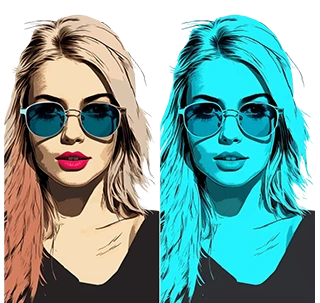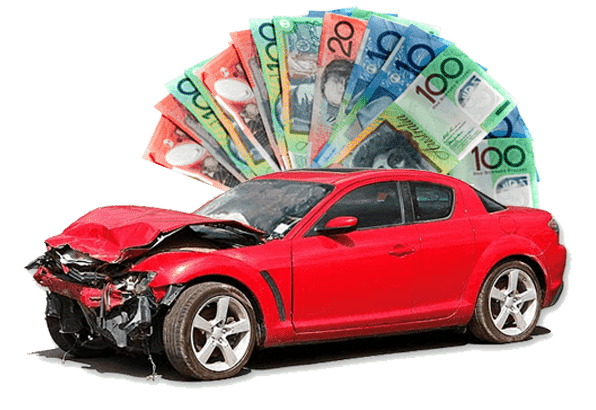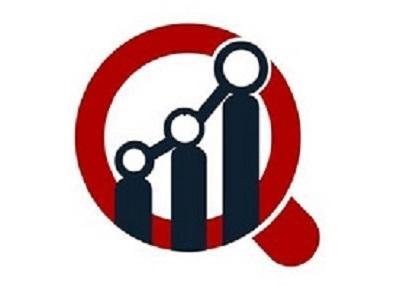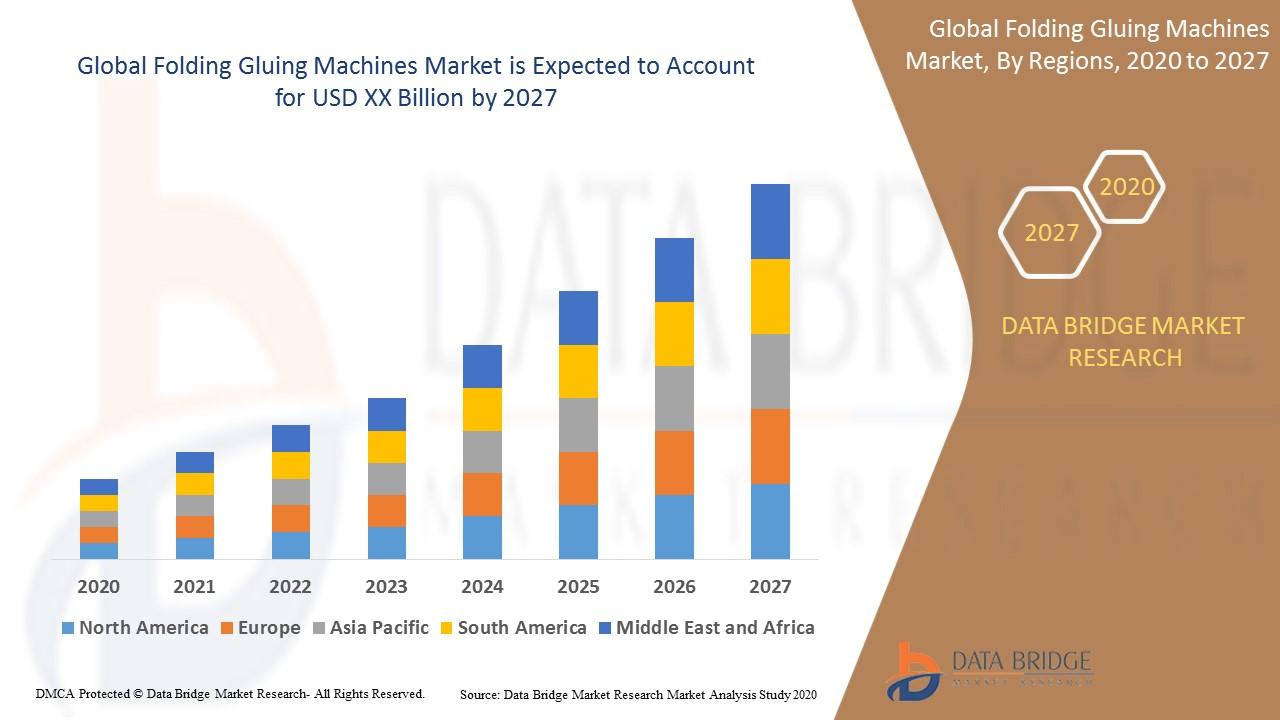From Pixels to Precision: The Importance of Raster to Vector Conversion in Modern Design

In the world of digital design and printing, image quality is everything. Whether you're creating logos, banners, t-shirts, or embroidery designs, the format of your artwork can make or break the final result. That's where Raster to Vector Conversion comes in—a behind-the-scenes process that transforms pixel-based images into crisp, scalable, and professional-grade graphics.
If you’ve ever struggled with blurry designs, jagged edges, or poor-quality prints, this blog is for you. We’ll explore what raster and vector graphics are, why converting between them matters, and how a trusted Vector Conversion Service can save you time, money, and headaches.
Understanding the Basics: Raster vs. Vector
Let’s start with the difference.
Raster Images:
Raster images (also known as bitmap images) are made up of pixels—tiny squares of color. Common raster file formats include JPG, PNG, GIF, and BMP. They’re great for photos and detailed artwork but have one big limitation: they lose quality when scaled.
Zoom in too much, and a raster image becomes blurry or pixelated. This is a major problem when you need to enlarge an image for printing, signage, or embroidery.
Vector Images:
Vector images are created using mathematical equations and paths, not pixels. This means they can be scaled infinitely without losing quality. File formats like AI, SVG, EPS, and PDF are typically vector-based.
In short: Vectors are clean, crisp, and scalable—ideal for printing, engraving, embroidery, screen printing, and more.
Why Raster to Vector Conversion Is Essential
So why convert a raster image into a vector format?
Here are some real-world scenarios where Raster to Vector Conversion is a must:
1. Logo Reproduction
You have an old JPEG logo, but now you want it printed on a banner, business card, or polo shirt. If it stays in raster format, it may look pixelated when resized. Converting it to vector ensures sharp lines and consistent results across all platforms.
2. Embroidery & Screen Printing
Embroidery machines and screen printing equipment require vector files to generate clean lines and proper alignment. A pixelated image won’t stitch or print correctly.
3. Large Format Printing
If you're printing signage, vehicle wraps, or posters, scaling up a raster image without conversion leads to poor quality. Vector graphics, on the other hand, maintain their clarity no matter the size.
4. Cutting & Engraving
Laser cutters and plotters also work with vector paths. If your design is in raster format, the machine won’t recognize it for cutting or engraving.
What Happens During Raster to Vector Conversion?
A common misconception is that you can simply "save as" a vector file to convert a raster image. Unfortunately, it’s not that simple.
True Raster to Vector Conversion is a manual or semi-automated process where a designer carefully redraws the image using vector software like Adobe Illustrator or CorelDRAW. This involves:
-
Tracing outlines
-
Defining fill areas
-
Adjusting curves and lines
-
Cleaning up imperfections
-
Matching colors accurately
The goal is to preserve the integrity of the original artwork while making it fully scalable and usable for professional applications.
Benefits of Using a Vector Conversion Service
Trying to manually convert an image—especially a complex one—can be time-consuming and frustrating if you’re not familiar with design software. That’s where a professional Vector Conversion Service comes in.
Here’s what you can expect from a reliable service:
High Accuracy
Professionals use advanced tools and trained eyes to ensure every detail of your original design is preserved and perfected.
Fast Turnaround
Need a vector file by tomorrow? Many services offer same-day or 24-hour delivery, especially for common conversions like logos.
Multiple File Formats
You’ll often receive your converted file in multiple formats (AI, SVG, EPS, PDF, and more) so it’s compatible with various machines and platforms.
Editable Files
Unlike flattened images, vector files can be edited easily. You can change colors, resize elements, or update text without starting over.
Who Needs Raster to Vector Conversion?
Just about anyone in the creative, printing, or production industries can benefit from this service:
-
Small business owners updating their brand logos
-
Apparel decorators prepping designs for embroidery or screen printing
-
Sign makers and print shops producing large-format graphics
-
Architects and engineers converting blueprints or scans into usable CAD/vector files
-
Artists and illustrators converting hand-drawn artwork into digital assets
Even if you're just an individual looking to put a custom image on a mug or t-shirt, starting with a clean vector file ensures better results.
What to Look for in a Vector Conversion Service
Not all services are created equal. When choosing a provider, consider the following:
-
Portfolio and samples: Look at previous work to gauge quality.
-
Customer reviews: Check for feedback on reliability and service.
-
Communication: Can they understand and interpret your specific needs?
-
Revisions included: Do they offer free edits if the first version isn’t perfect?
-
Delivery speed: Especially important if you're working under a deadline.
A reputable Vector Conversion Service will be transparent, professional, and committed to helping you get the best results.
Final Thoughts
In a digital-first world, image quality speaks volumes. Whether you're preparing artwork for embroidery, print, signage, or branding, Raster to Vector Conversion is the invisible step that makes a visible difference.
Don't let a pixelated logo or blurry image limit the impact of your brand or creativity. Invest in clean, scalable vector artwork with the help of a trusted Vector Conversion Service, and ensure your designs always look as sharp as your vision.







